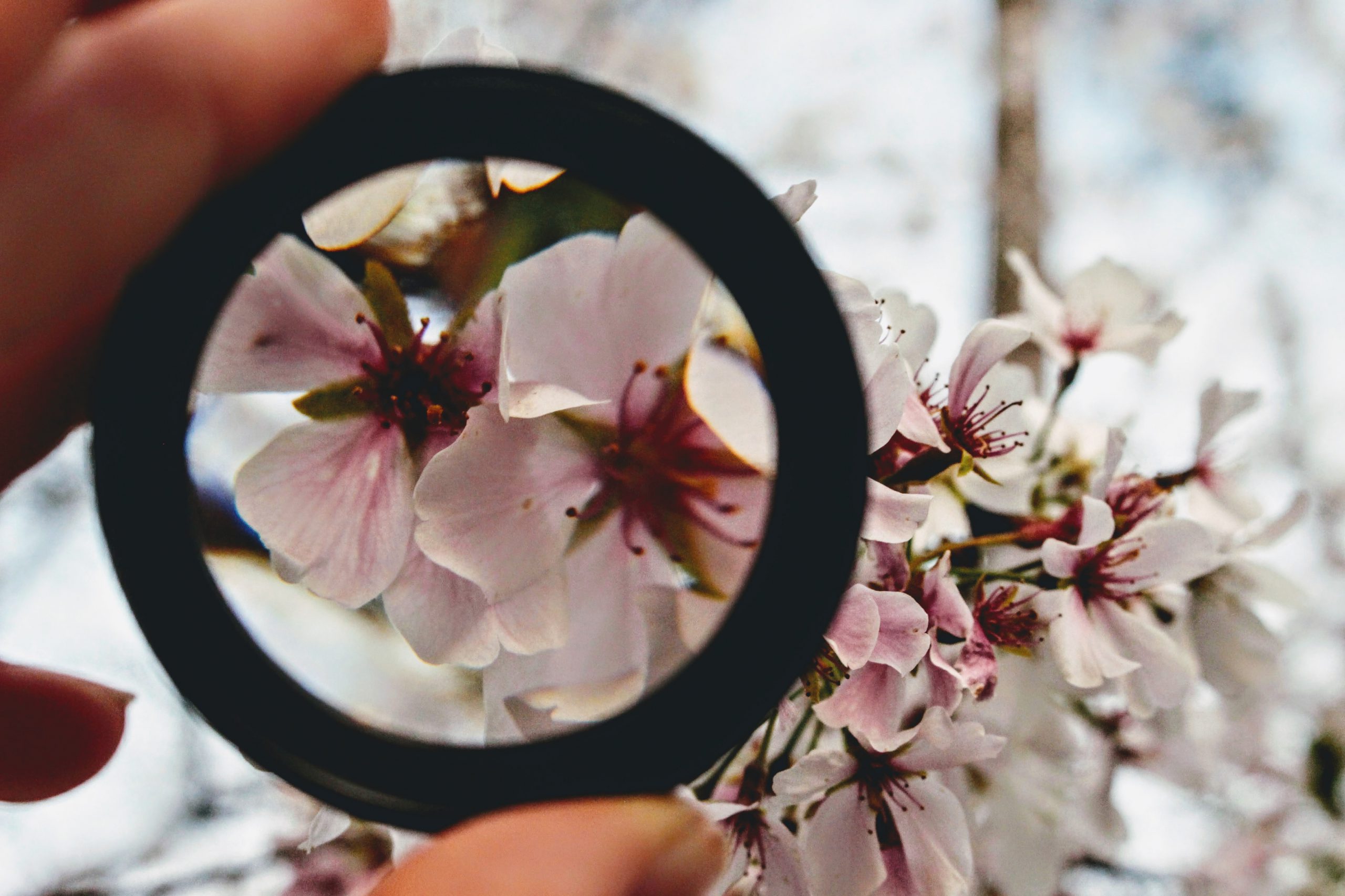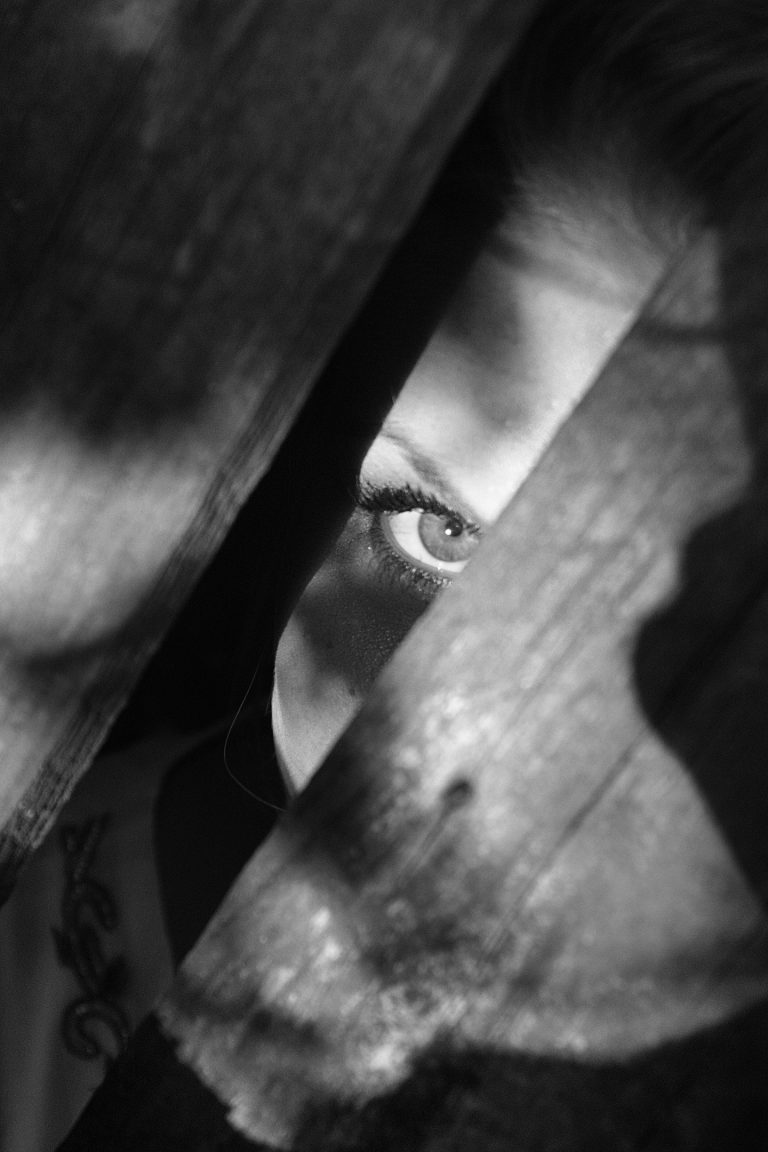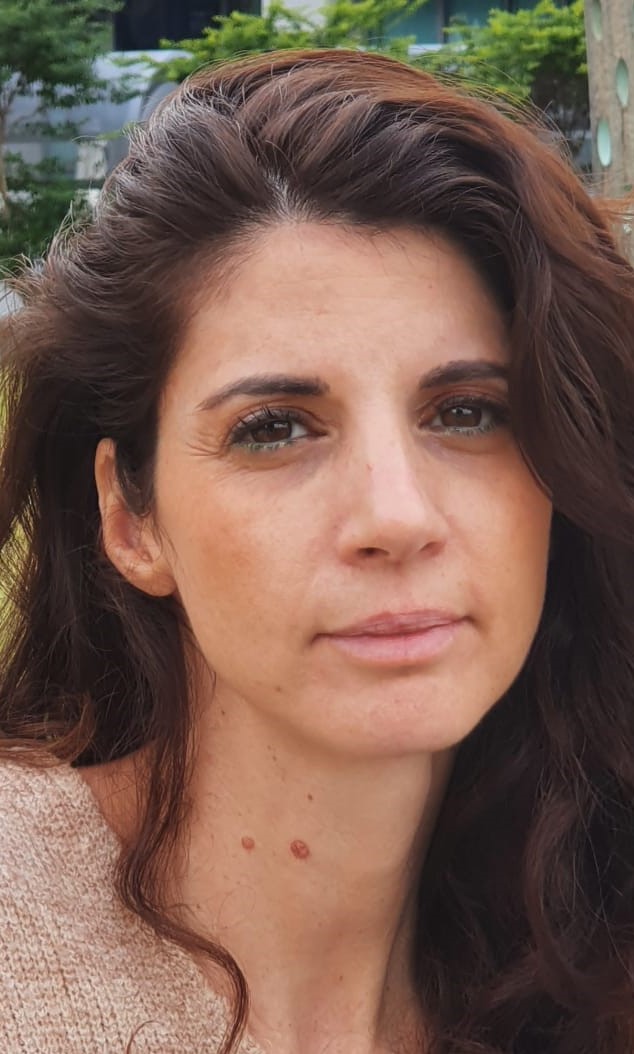“Look at me! Look at me!” Anyone who has spent any time with young children has heard this phrase far too many times – usually over and over at a very loud volume! From a young age, human beings seem to have an inborn need to be seen and celebrated. However, oftentimes, the second the child receives the attention they are so desperately seeking, they freeze up, get embarrassed, or change their mind. Visibility is a tricky beast. On the one hand, we crave to be appreciated for exactly who and what we are, but on the other hand, this focus can leave us exposed and vulnerable.
While most kids find their place on the stage as they grow, people living with chronic pain often struggle through this dance for their entire lives. This reality is complicated by the fact that chronic pain and illness are usually either completely invisible to the naked eye or glaringly visible and impossible to ignore.
The challenges of invisibility
For example, those of us who struggle with debilitating and unpredictable pain often face suspicion and doubt from loved ones, colleagues, and medical professionals who either question the severity of the pain or even whether it exists at all. Frustrated and unable to find an accurate diagnosis, doctors may suggest that the pain is “all in your head.” Overwhelmed by our needs, family members may tell us to “stop being so dramatic.” Confused by our limitations, friends may insist “that you look fine.” Inconvenienced by our requests for accommodations, colleagues may accuse us of being “needy” or “exaggerating.”
In addition to the indescribable challenges of living with chronic pain every day, facing these types of reactions from the very people and systems who are supposed to support us can be painful, isolating, and traumatizing. Not only is our pain invisible, but so are all of the ways in which it affects our lives, on both a practical and emotional level. Ironically, in cases like this, we can find ourselves wishing we had a “different” type of health condition – something everyone knows about, like cancer; something with a clear diagnosis, like diabetes; or something everyone can see, like scoliosis.
The challenges of hypervisibility
On the other hand, those of us with visible differences, such as a limp or limb differences, for example, cannot hide our vulnerabilities, no matter how hard we try. Whether we are dating, interviewing for a job, attending a social event, or in a professional setting, we are often viewed through the lens of our physical conditions. In an overwhelmingly ableist world, these are often seen as things that make us weaker or less worthy than others, even on a subconscious level.
Ironically, this hyper-visibility can actually become a form of invisibility, because people can be so blinded by our disabilities and differences that they do not actually see who we truly are inside: our unique strengths and personalities, our dreams and feelings. Whether we are met with love and compassion, support and accommodation, pity and disgust, fear and judgement, or plain discrimination, it often has nothing to do with who we are on a deep level, as people are so distracted by our external condition.
Yearning for true visibility
This brief exploration of the role of visibility in chronic pain and illness reveals that there are “pros and cons,” so to speak, on both sides of the spectrum. That being said, the deeper issue is that those of us living with chronic pain are often defined first and foremost through our physical condition – both by ourselves and the world around us. Each and every one of us is so much more than our diagnosis (or lack thereof), our limitations, our appearance, or our needs. Hiding behind all of these things lies a full human beings – complex and dynamic, simultaneously flawed and perfect – just like everyone else.
When children demand “look at me,” they are not just trying to show us the cool new skill they mastered or the silly way they put their underwear on their head. They are begging us to truly see, appreciate, and accept them for exactly who they are and the unique light they bring into the world. We all yearn for and deserve that authentic, loving visibility – for society to accommodate for our needs, while celebrating our strengths; for our loved ones to see our pain, while seeing beyond it; for our doctors to listen to our problems, while trying to help us – and mostly, for us to be able to trust ourselves and practice self-compassion, while always remembering that we are so much more than our pain.





